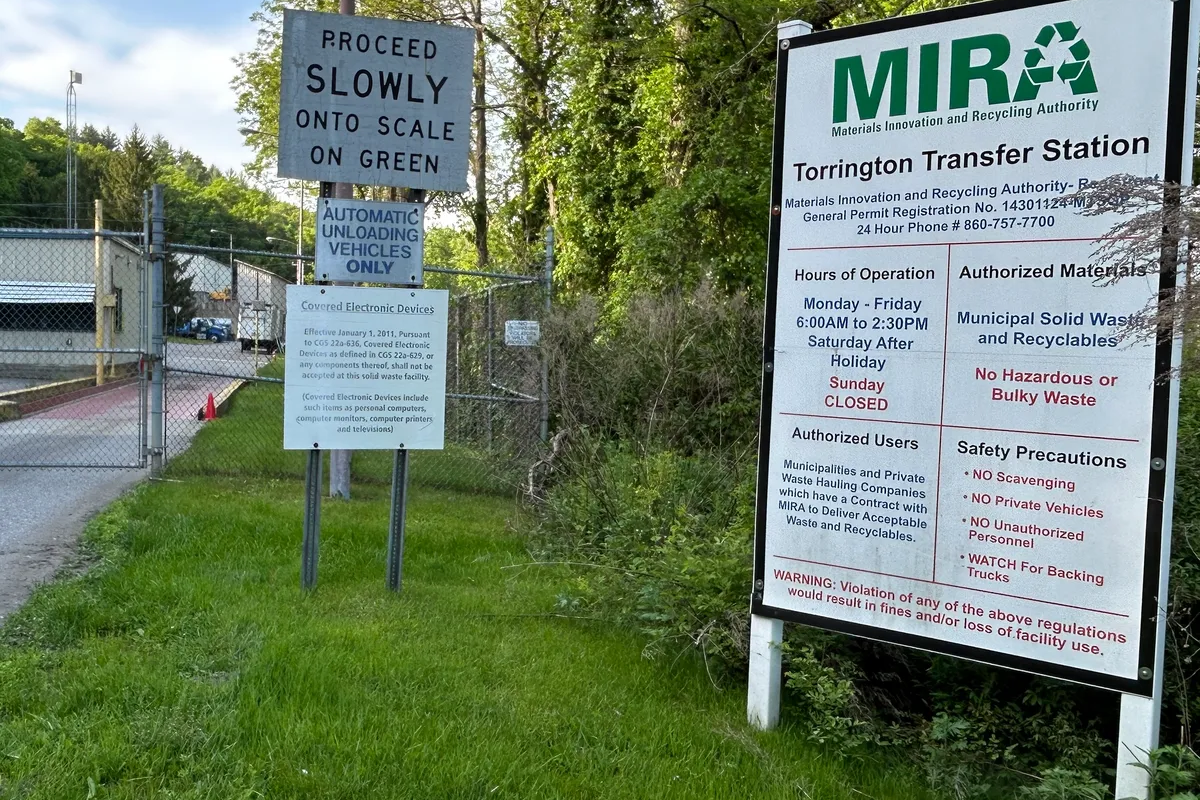Superfund site serves as reminder for careful waste management
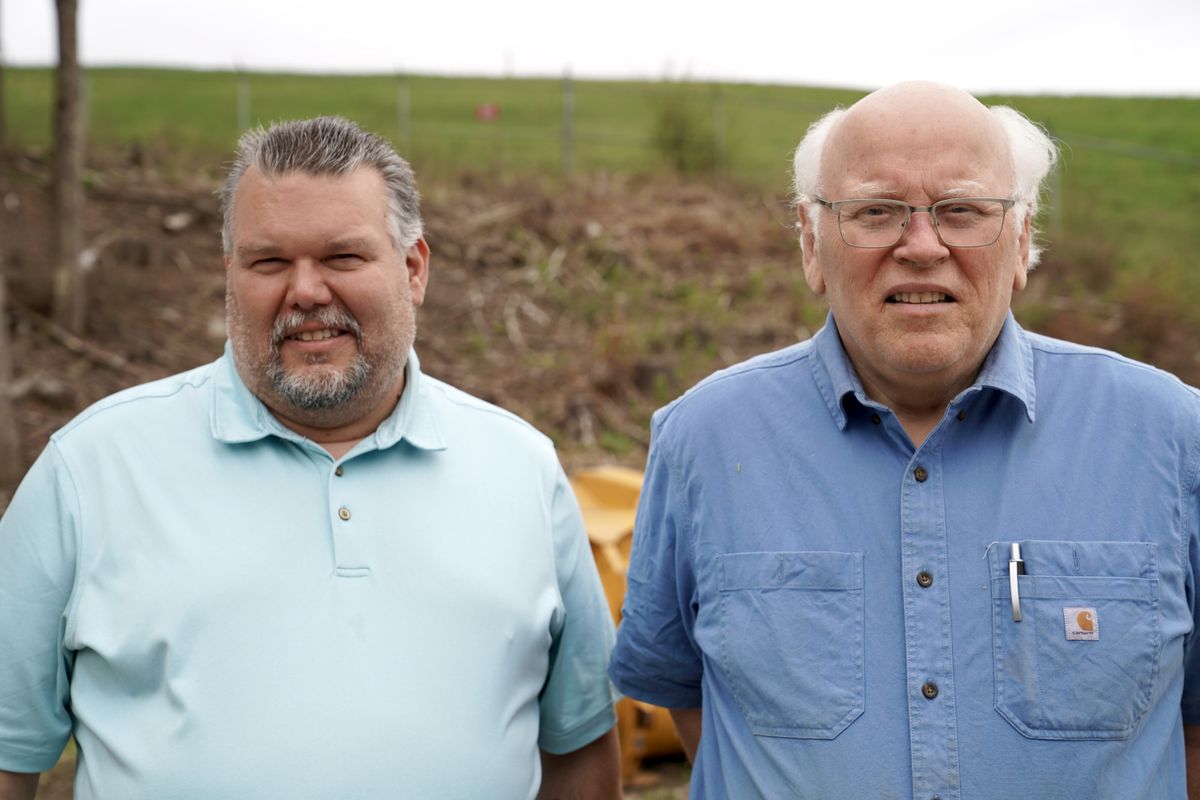
Winchester Mayor and current administrator of RRDD1 transfer station Todd Arcelaschi (left) and Jim Hart, former administrator of RRDD1 transfer station and past first selectman of Barkhamsted (right) standing in front of the capped landfill of the vast 98 acre Superfund site in Barkhamsted.
Jennifer Almquist
 Jennifer Almquist
Jennifer Almquist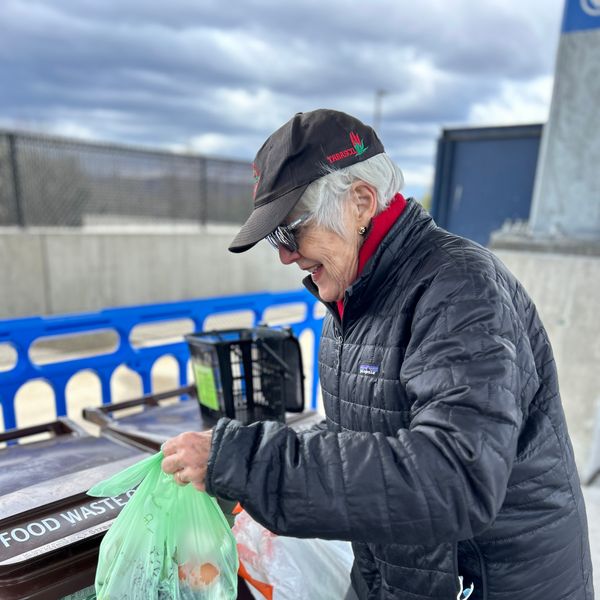
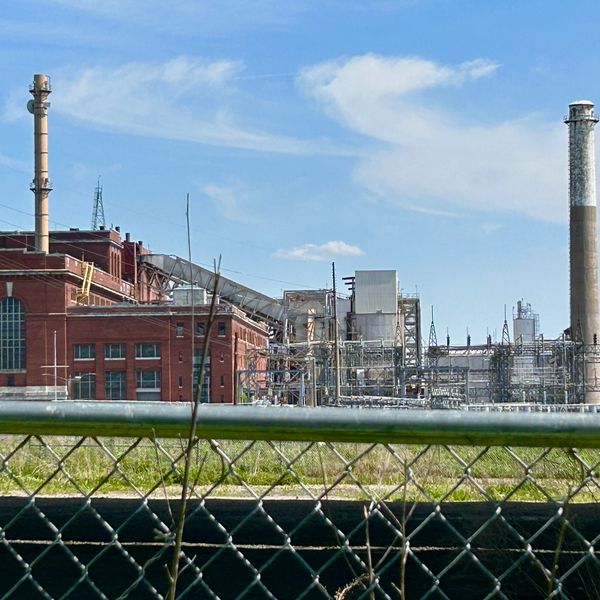
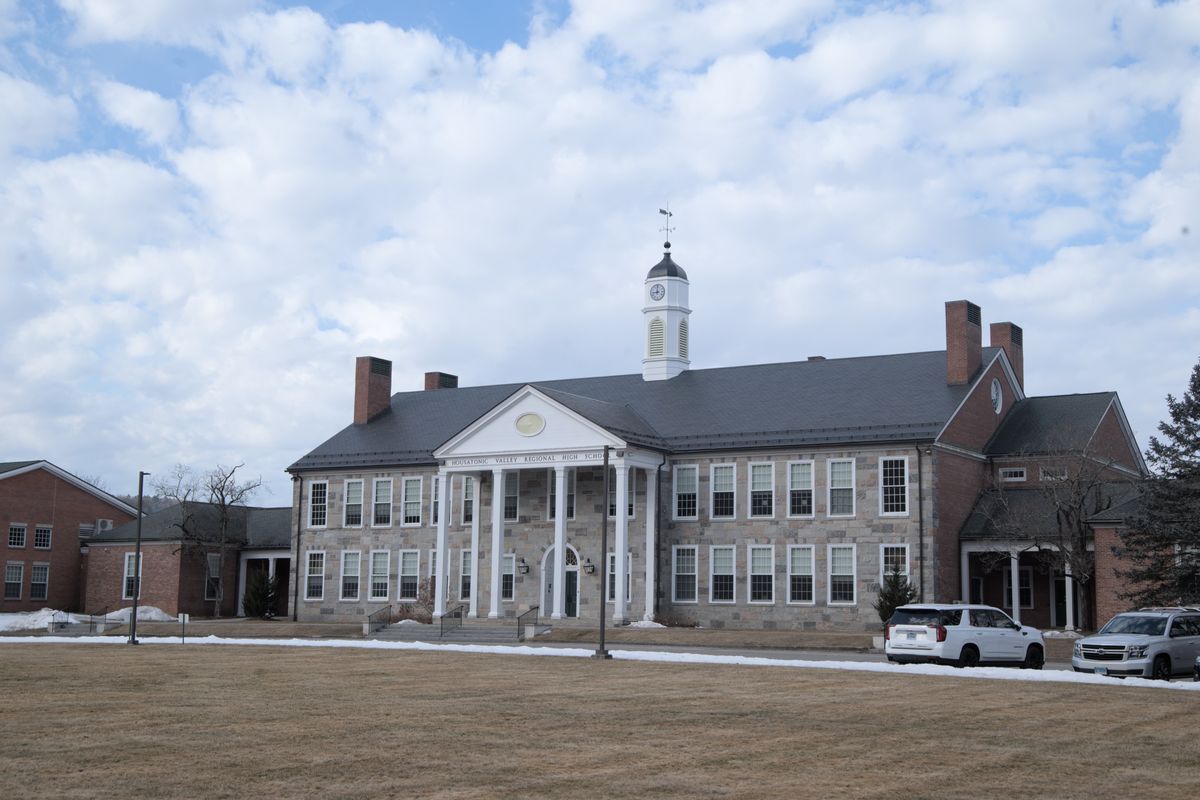

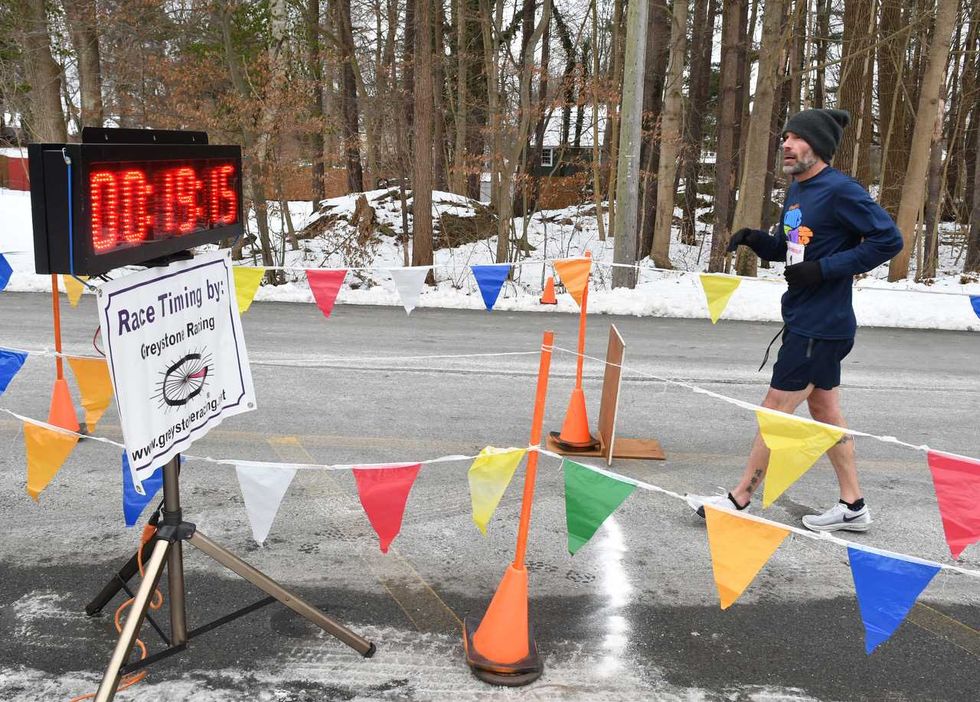 Michael Mills of Goshen crosses the finish line to win the 5th Annual North Canaan Santa Chase 5K on Saturday, Dec. 13, ByJohn Coston
Michael Mills of Goshen crosses the finish line to win the 5th Annual North Canaan Santa Chase 5K on Saturday, Dec. 13, ByJohn Coston 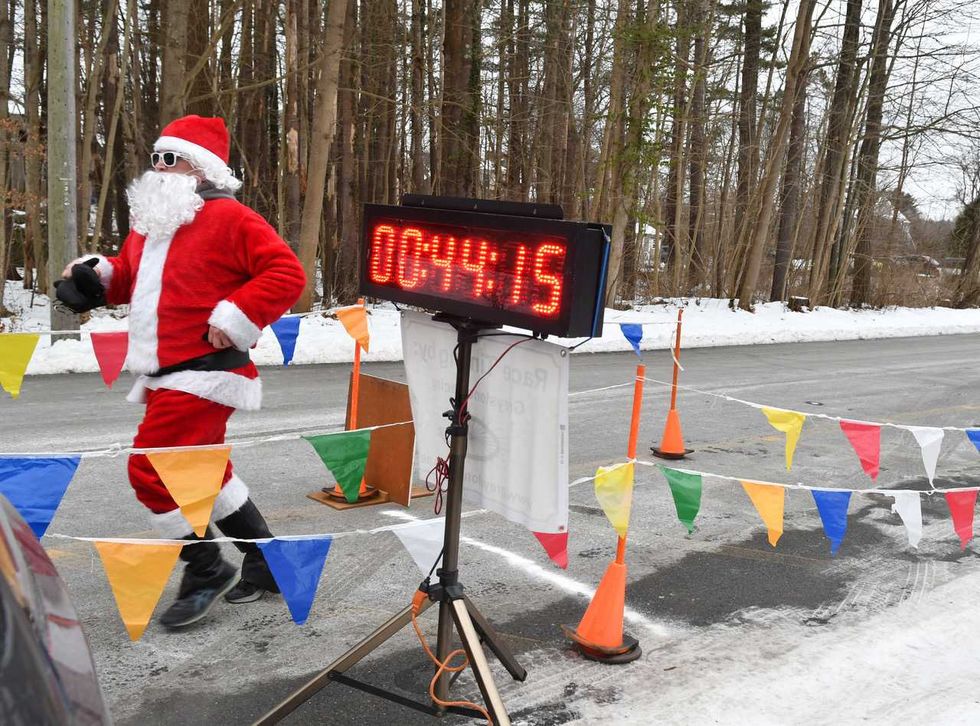 Santa crosses the finish line at the 5th Annual North Canaan Santa Chase 5K By John Coston
Santa crosses the finish line at the 5th Annual North Canaan Santa Chase 5K By John Coston 